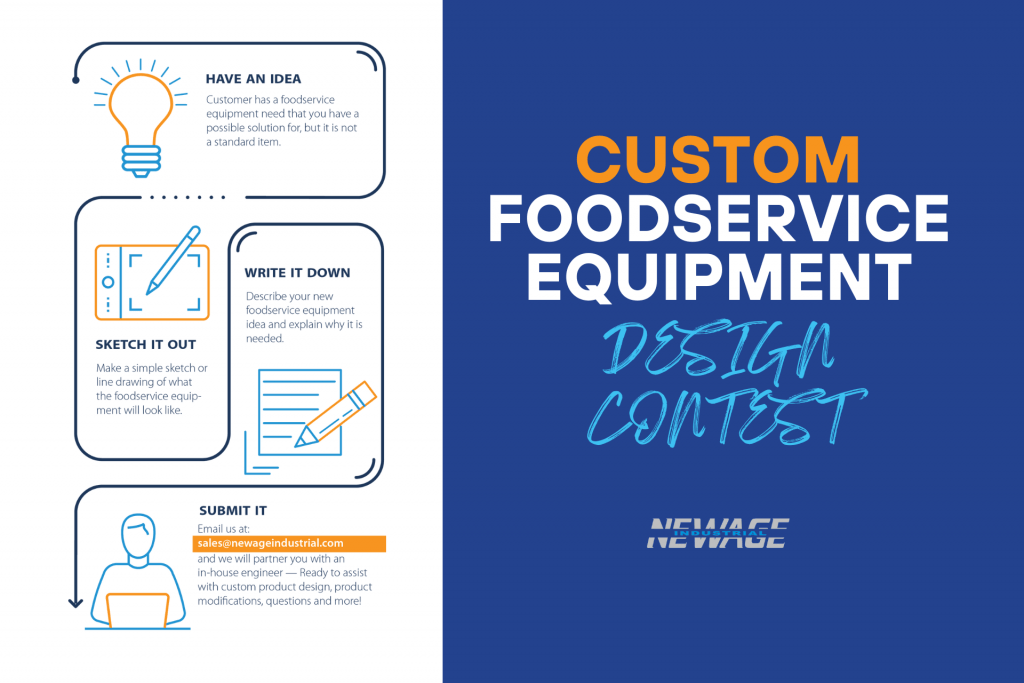
The rise in cases of coronavirus across the US has brought with it stricter measures on the foodservice industry, with widespread shutdowns being enforced to protect both workers and customers alike.
While restaurants in some states are still open for business, many have seen their services reduced to all but take-out and delivery options.
So, what can restaurants do to encourage repeat business in these unsettling times? Datassential’s latest coronavirus research highlights some of the key concerns for customers, allowing restaurants to respond effectively.
From dining in to taking out
With new information coming to light every day, and conflicting reports in the media, Americans may be struggling to stay on top of the latest information. However, concern has remained stable in the past four days, with 61% very concerned about the risk and “hugely worried about my own personal health and plan to do whatever I can.”
As of March 27, 24 states have mandated that restaurants transition to delivery and takeout only, so the number of consumers avoiding dining in continues to climb.
The survey suggests 53% are now definitely avoiding eating out, 27% are nervous but will still eat out and 20% have no concerns whatsoever. Boomers most concerned at 65% compared with Millennials at 43%. Those who are married are also slightly more worried than those who are single: 57% to 45%.
Of course, while the majority of people now understand the importance of social distancing, everyone still needs to eat. As dining in becomes less of an option, people are moving towards take-out options as a popular alternative.
Shoppers are least worried about visiting grocery stores (16%) and supercenters (23%), with drive-thru (28%) and pick-up (29%) close behind.
Ensuring health and safety
When ordering from a restaurant, consumers are most worried about how food was prepared (41%), how food was delivered (30%) and how food was packaged (29%).
Anecdotal evidence suggests that customers feel more comfortable when restaurants enforce frequent hand-washing, provide hand gel stations for workers and customers, provide gloves for staff and insist that people in line maintain distance from each other.
They are also concerned that restaurants should send home any staff who become symptomatic with sick pay, with 62% citing this as important.
Other suggestions include reducing the menu to a few favorites and communicating with customers via social media about the steps being taken to ensure safety.
Customers ordering take-out or delivery are also taking their own steps to ensure safety, such as washing their hands after handling food containers, using their own plates and utensils and disinfecting eating surfaces.
The report suggests restaurants could encourage this behavior by disinfecting wipes or a “handled with clean hands” stamp to help boost the customer experience.
Further details:
To see the report in full, please click here.
Liz Cooley




